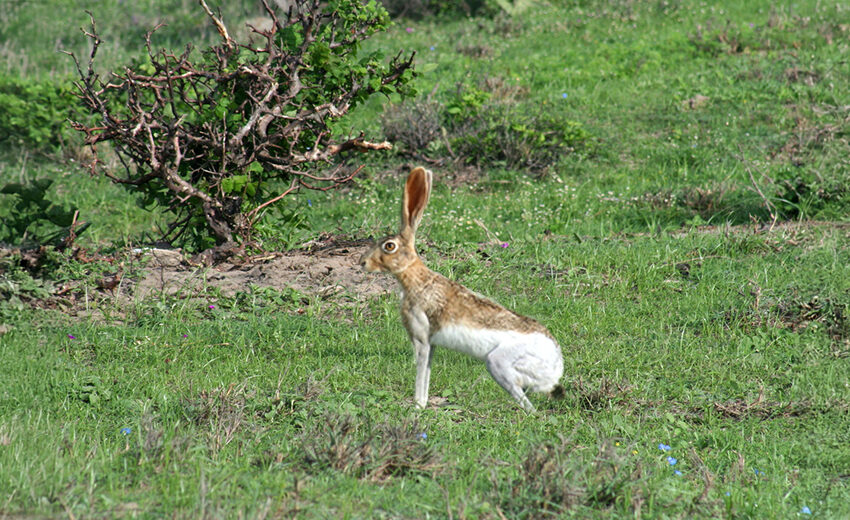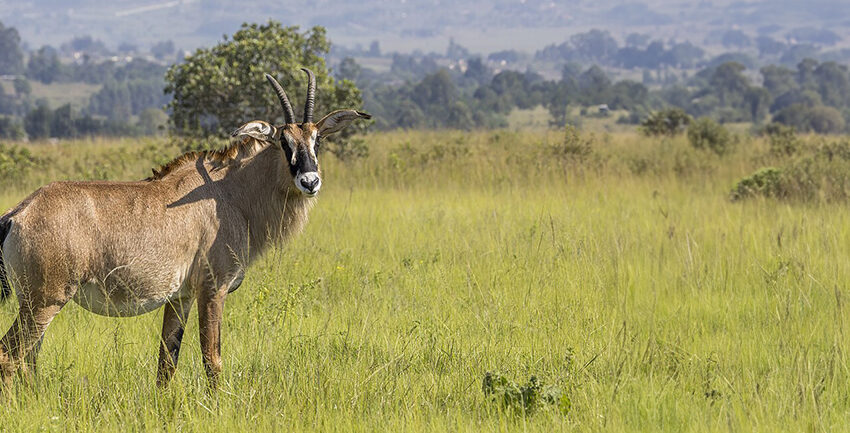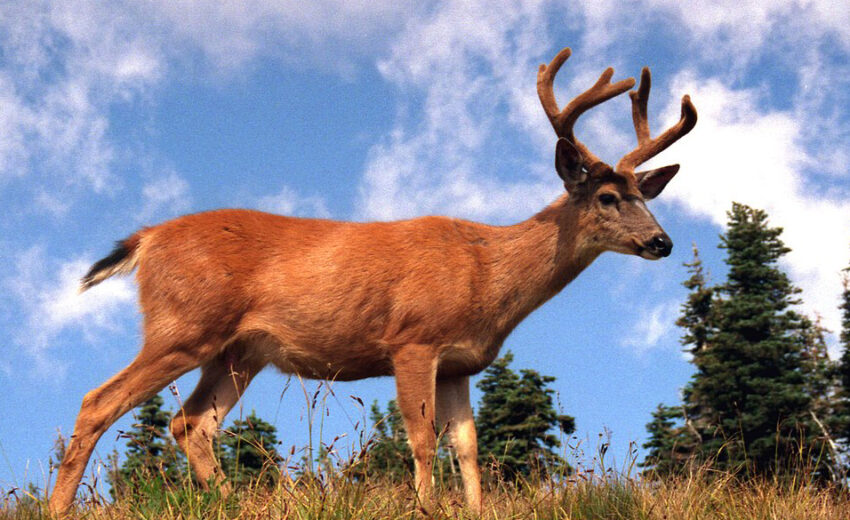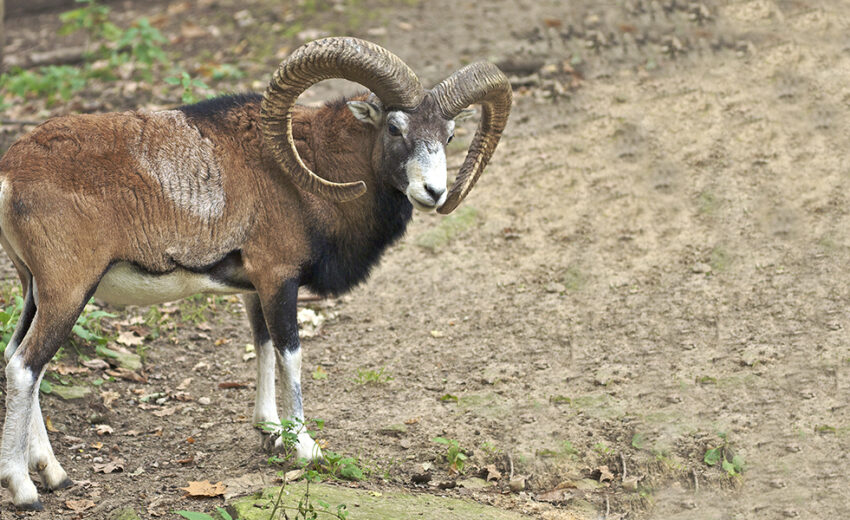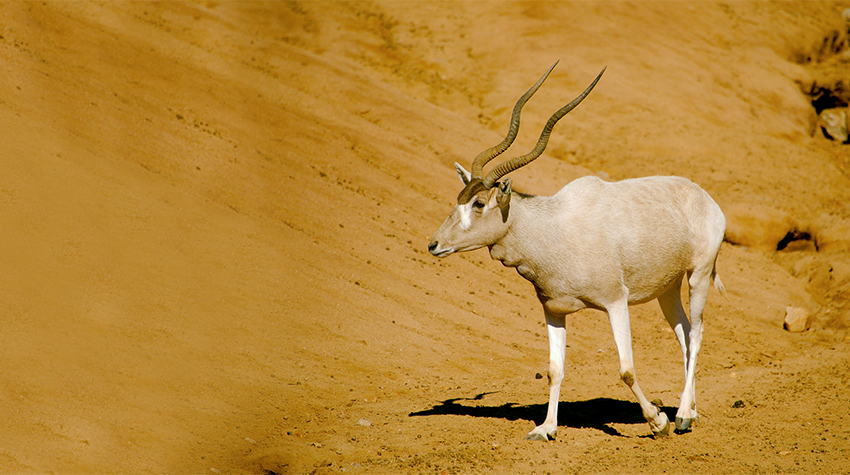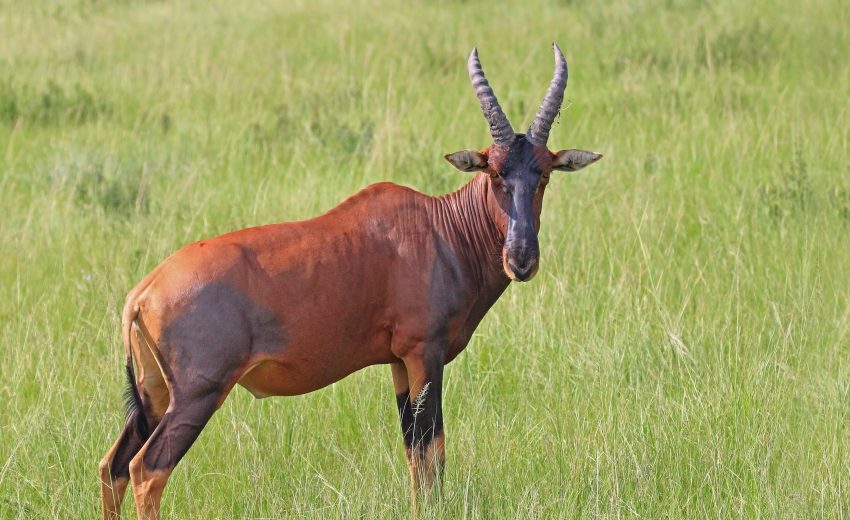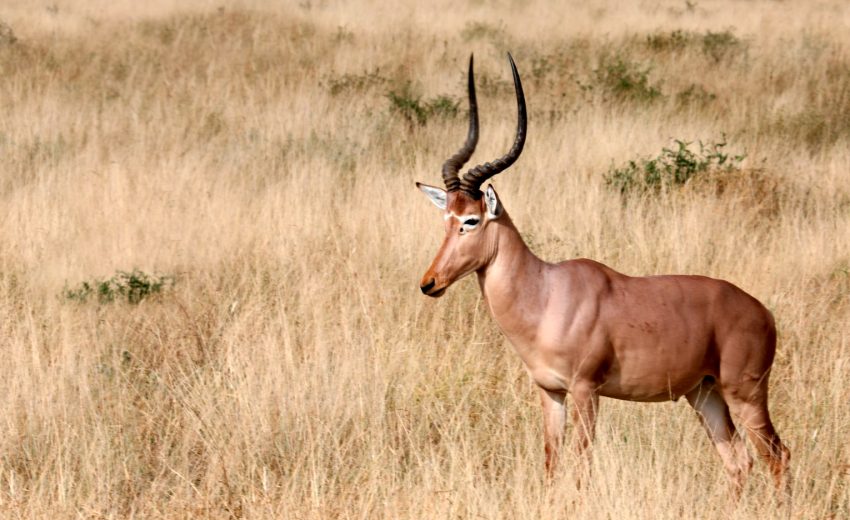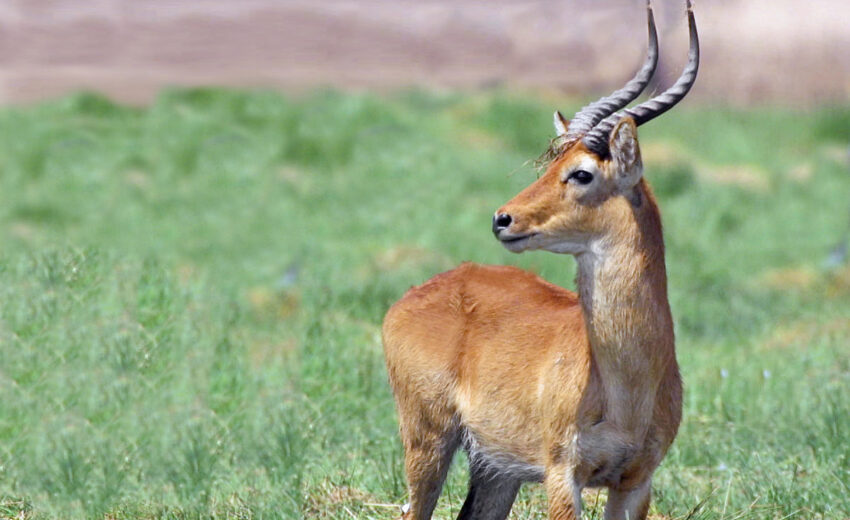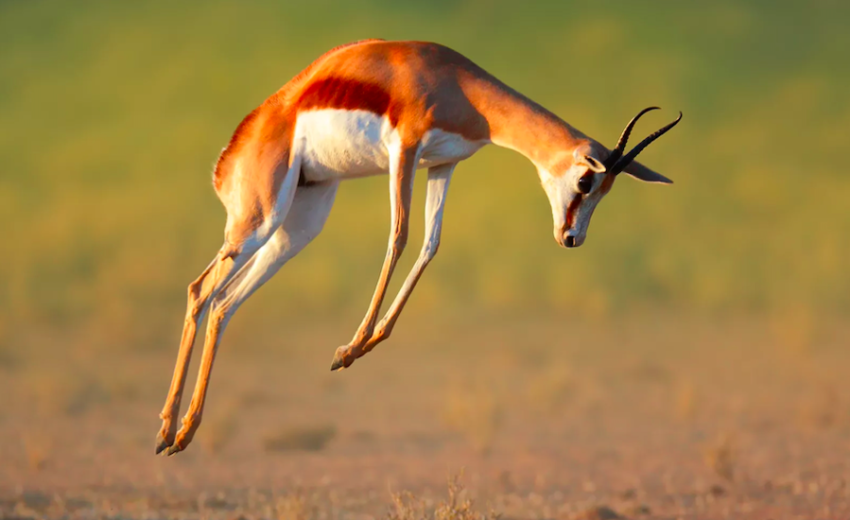The Tehuantepec jackrabbit is a medium-sized hare species native to eastern Oaxaca, Mexico. These critters face many threats to their survival including the threats of habitat loss at the hands of residential and commercial developments, farming, ranching,
- Zoology
- Daily Critter Facts
- For Teachers
- Study Guides
- Diseases & Parasites
- Contact

